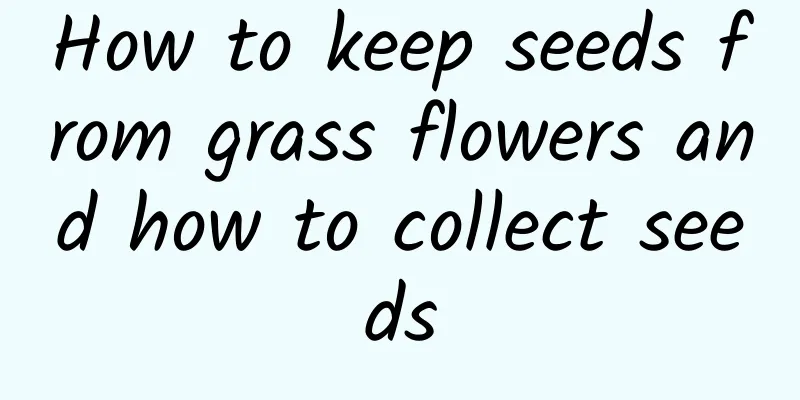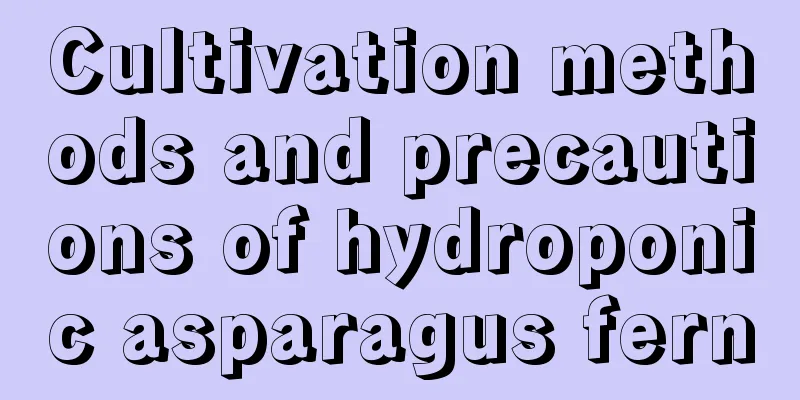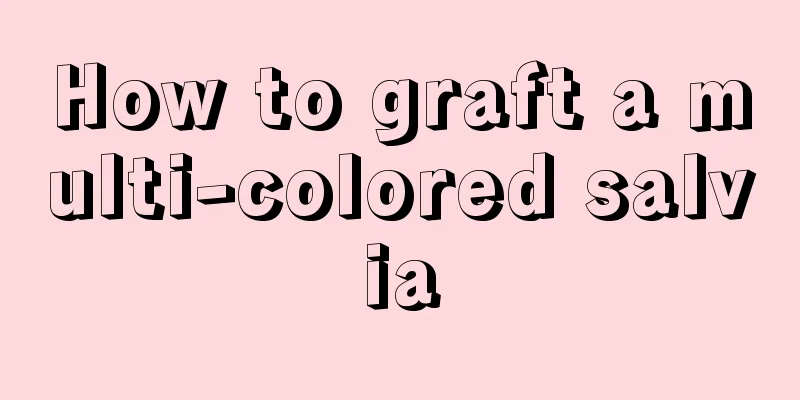What is wheat

What is wheatWheat is an important food crop of the genus Triticeae in the Poaceae family. Wheat is a cereal crop widely grown around the world. Its caryopsis is one of the staple foods of mankind. After being ground into flour, it can be made into bread, steamed buns, biscuits, noodles and other foods. After fermentation, it can be made into beer, alcohol, liquor (such as vodka), or biomass fuel. Wheat growing environmentilluminationWheat is a long-day crop (8 to 12 hours of light per day). If the sunlight conditions are insufficient, it cannot pass the light stage and cannot ear and bear fruit. The light stage of wheat comes after the vernalization stage. temperatureWheat is divided into three varieties: winter varieties, semi-winter varieties and spring varieties. The suitable temperature for winter varieties is between 16 and 18 degrees Celsius on a daily average, the suitable temperature for semi-winter varieties is 14 to 16 degrees Celsius, and the temperature for spring varieties is around 12 to 14 degrees Celsius. MoistureThe amount of water required during the jointing and heading stage of wheat is relatively large, but there should not be too much water in the early stage of jointing, otherwise it will cause the wheat to grow tall and fall over; the heading and flowering stage of wheat is the peak of water demand in the entire growth period, and the soil moisture at this time should reach about 28%. If the wheat is short of water at this time, the quality and yield of the wheat will be seriously affected; the filling and milk maturity stage is the key period for the formation of wheat quality, and water shortage during this period will seriously reduce the quality of wheat. FertilizationBefore the wheat greening period, since the plant grows relatively slowly, it consumes less nutrients, so less nitrogen, phosphorus and potassium can be applied; after the wheat greening period to the heading period is the period of rapid accumulation of wheat dry matter. During this period, the vegetative growth and reproductive growth of wheat proceed simultaneously, and the metabolic rate is relatively fast, so more nutrients are consumed, and the demand for nitrogen, phosphorus and potassium is relatively high at this time; after heading and flowering, the absorption capacity of the root system decreases, so the consumption of nutrients is relatively less, and a small amount of fertilizer is sufficient at this time. |
<<: Planting methods and management techniques of loofah
>>: Planting technology and management methods of chili pepper
Recommend
How to propagate Cineraria by cuttings
1. Take the side buds This flower is usually prop...
How often should I water the fiddle-leaf fig?
How often should I water the fiddle-leaf fig? Fid...
What is the rose flower language?
1. Flower Language The rose is small in size, gor...
There were 100 pots of flowers on the balcony. After a month of high temperature, only 100 pots were left!
Collect the flower pots! So happy...bullshit! In ...
How to save seeds of Eucommia ulmoides
How to get Eucommia seeds Eucommia ulmoides, also...
What flowers are there in spring?
1. Winter Jasmine It is the earliest flower to bl...
Cultivation methods and precautions of purple succulent
Purple Joy is a very popular succulent plant and ...
Don’t throw away watermelon rinds, use them to make fertilizer, it’s useful and costs no money!
Step 1 Pick a large watermelon and eat all the fl...
What are the varieties of Chlorophytum?
1. Chlorophytum comosum In fact, it is not a spid...
How to grow spider plants
1. Breeding environment (1) Temperature: It likes...
This kind of "flower" was sold at a sky-high price 10 years ago, but now it has become affordable. Why not grow one in a pot?
Today Huahua wants to tell you about a kind of or...
The reason why the side leaves of Clivia rot and how to deal with it
1. Reasons 1. Excessive watering: Its roots are f...
How to care for camellia to grow vigorously (how to promote the rapid growth of camellia branches and buds)
To care for camellia, you must first meet its gro...
What is the matter with the dry tip of the spider plant
1. Lack of water Reason: Chlorophytum likes a hum...
Do roses like water or drought?
Do roses prefer moisture or drought? Roses prefer...









